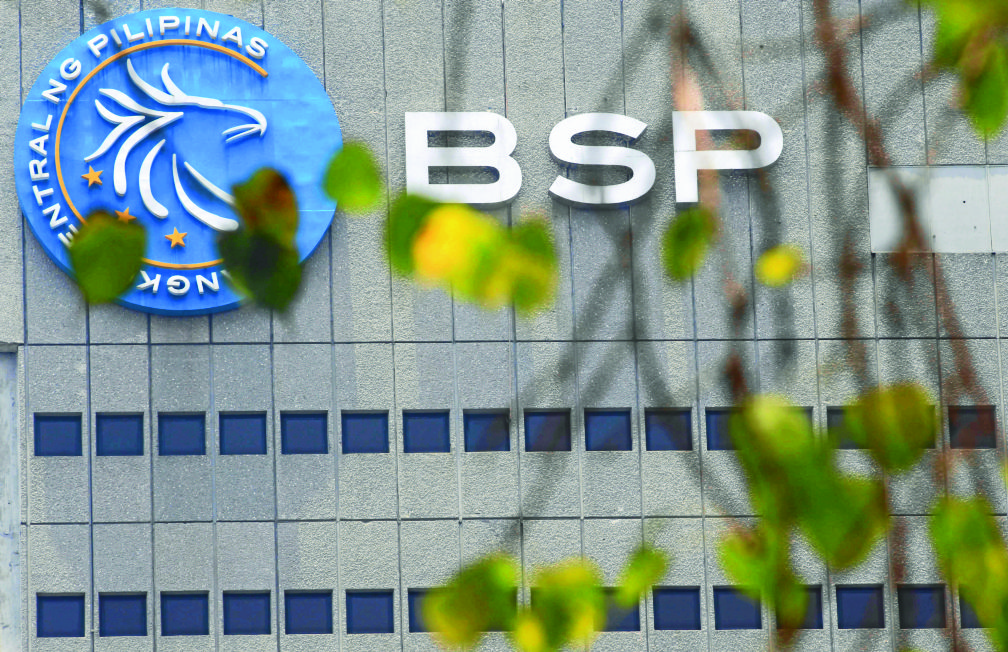The country’s balance of payments (BOP) position swung to a surplus of $917 million in April, a reversal of six straight months of deficits, the latest Bangko Sentral ng Pilipinas (BSP) data released Friday showed.
The BOP surplus—which meant more dollars entered the economy—last April was the biggest since February 2015’s $985 million as well as wider than the $184 million posted during the same month last year.
Last month’s surplus, hence, also halted the monthly deficits posted from October last year until March.
But at the end of the first four months, the year-to-date BOP position remained at a deficit of $78 million, although much narrower than the $994-million deficit a month ago.
The end-April deficit was also about three times bigger than the $25 million recorded a year ago.
“It is very encouraging that the April BOP position reversed to a surplus position and mitigated the cumulative BOP shortfall for the first four months of 2017. While the data on the actual and specific BOP components have yet to be released, we expect the support to be coming from the recovery in merchandise exports, sustained overseas Filipino workers’ remittances and business process outsourcing revenues, and additional inflows from tourism and foreign investments,” BSP Deputy Governor Diwa C. Guinigundo said in a text message to reporters.
“As a result, the BSP’s foreign exchange operations netted in large foreign exchange inflows, including investment income. The national government’s deposits of its foreign exchange borrowings also contributed to the favorable outturn even as the national government’s debt servicing moderated the inflows,” Guinigundo said.
The BOP is a summary of all the businesses the country does with the rest of the world.
BOP data is tracked closely to ensure that the supply of dollars in the economy remains ample to allow the government as well as businesses to transact with the rest of the world.
Sources of dollar income for the country include remittances from Filipinos overseas, sales from exports of goods and services, as well as foreign investments and revenues from industries such as business process outsourcing and tourism.
The country uses the dollars it earns for the importation of goods, such as food and fuel and also for external debt payments.
For 2017, the BSP targets a BOP surplus of $1 billion even as the current account is seen narrowing to $800 million as the projected 10-percent growth in imports would outpace the 2-percent exports growth.
According to the BSP, the 2017 BOP position outlook was based on the following assumptions: A pickup in the global growth outlook; gradual increase in oil prices; less volatility in global financial markets; as well as continued favorable growth prospects for the domestic economy.
Foreign direct investment net inflows were expected to hit $7 billion this year, while foreign portfolio investment would post a net outflow of $900 million.
Gross international reserves would likely rise to $84.7 billion in 2017, equivalent to 8.8 months of imports, while cash remittances from overseas Filipinos would further increase to $27.7 billion. JPV


